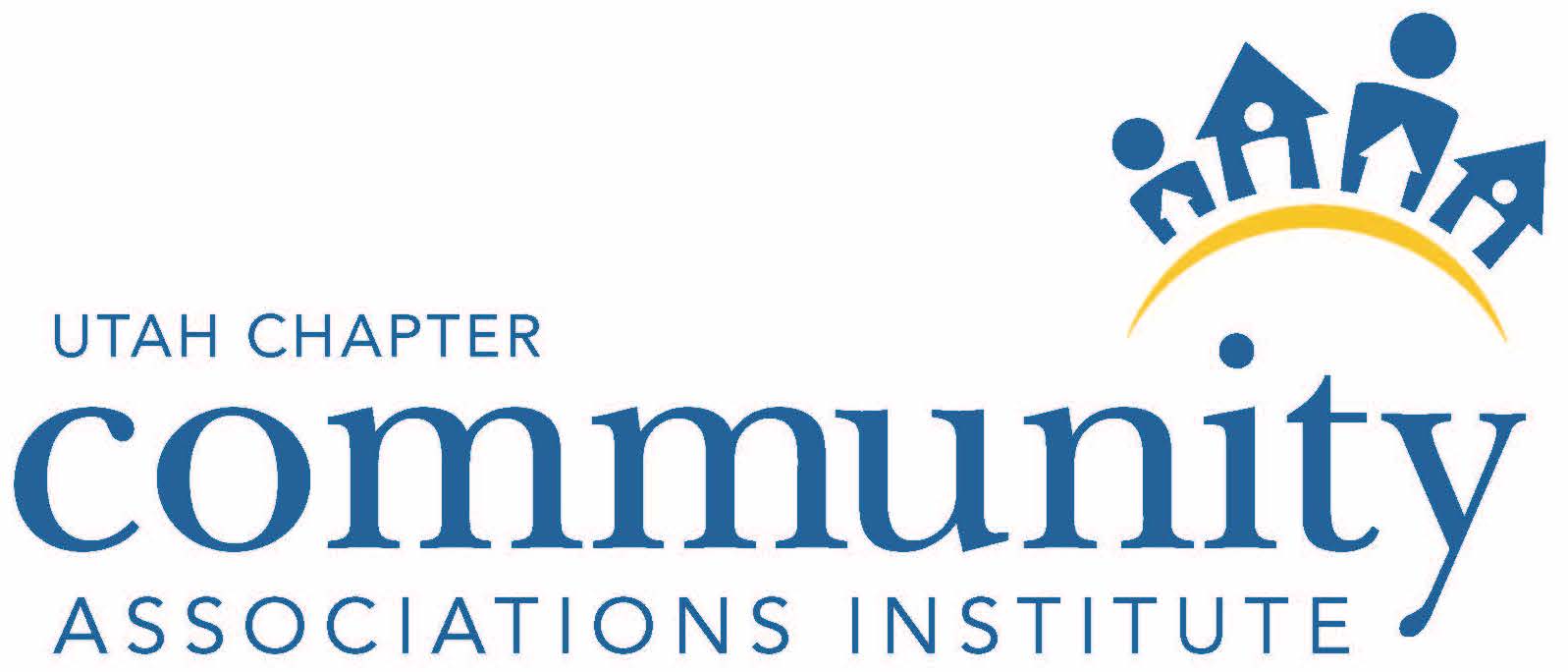DIGGING DEEPER
Digging Deeper
Bryan Hughes, DBA, CMCA, AMS, PCAM, CPM
As a principal of life, the concept of “digging deeper” is vital for our critical thinking and decision making. That said, after two decades in various aspects of property management, I find that principals of digging deeper are not regularly applied. In its simplest form, digging deeper is the process by which we may seek further understanding on any given matter or topic, allowing us to make more informed decisions.
Depending on the circumstance, this could be phrased as root-cause analysis, due diligence, or mimicking the toddler who asks “why” hundreds of times. In any case, the more information we attain, the better decisions that can be made. I heard a wise man share that “good inspiration comes from good information.” When we apply the principals of digging deeper we can better inform our decision making abilities.
One key aspect of digging deeper is the principal of active listening. While many believe they are listening, they are not actively listening. True listening is active engagement with intellectual and emotional analysis, beyond the physiological act of hearing. Stephen Covey suggested that we “seek first to understand, then to be understood”. In our board meetings, are we listening to understand or simply to wait our chance to reply? As association managers, are we truly listening to understand the need behind the need, or do we simply make the assumption that we know what is being asked and respond accordingly, often before the question is even finished? The answer is that we are most often not listening to the degree that would add value to the conversation and relationship.
As board members and trustees, there is an expectation of the community that each member will work collaboratively. Like many of you, I have sat with boards that do anything but collaborate. They may talk over each other, simply talk louder, and all of this is simply so their position is heard. What I rarely see is the board that is actively listening, seeking to understand, and identifying the common elements of their respective positions. Here are a couple of ideas to support your efforts in doing this:
- Can you clarify and isolate their true need or intent by asking open-ended questions?
- Can you ask questions to measure understanding and buy-in from others?
- Do you take another’s position, even if only to explore their point of view?
- Can you identify, and share back with others, the overarching concern they are trying to convey?
- Are you comfortable with silence?
- Are you taking the time to identify intent, real need, context, and non-verbal cues?
Each of these can be applicable multiple times within a conversation. While I described sitting in boards that were truly not aligned, it is likely that many of us have sat in meetings where those same board members are arguing nearly the same point! However because they were not listening, or were only partially listening, they didn’t realize how close they were on a topic.
As a Six-Sigma Black belt, we use a variety of tools to assist in identifying the root of a challenge. I will leave one with you: the 5-Why Principal. Harkening back to the toddler example, the 5-Why Principal is simply asking “why” at least five times to identify the root of an issue. For example:
Q – Why did you rear-end that person on the road?
A – Because I was going too fast.
Q – Why were you going to fast?
A – Because I was late to an appointment.
Q – Why did you not prepare for the appointment in advance?
A – I forgot about the appointment until this morning?
Q – Did you have the appointment in your calendar?
A – No, I forgot to write it down
Q – Do you have a set time each day to review your calendar and add any upcoming events?
A – No
While this example may be overly simplistic, it is a very real study into cause an effect. Management companies, association boards, and even individuals and families can all be served by taking some additional time to dig deeper.
I am assuming that the previous commentary about digging deeper and active listening make logical sense, and may even sound easy to implement. I do want to caution though as these ideas are easier said than done. This most often comes down to board alignment. When people make decisions, they do so emotionally in most cases. Later, people will justify their decisions with logic. For example, you might purchase a particular car because of the gas mileage, or cargo capacity, or any other logical justification. However, how the car felt or looked was the real deciding factor, or even if the vehicle itself was aligned with a personal social cause such as an electric vehicle.
If we accept that people typically make decisions emotionally, then simply presenting active listening and a 5-Why process may not gain traction without first working to align the board. Boards do not need always agree, but if they can agree upon a direction and assume they are all sharing the same intent of the betterment of the community rather than personal interests, then this will help. If personal grudges, egos, or politics cloud the discussion, the it will be difficult to listen and find real meaning. People may lash out emotionally, then later justify their frustration because of some current or previous issue or incident. In our company, we have a mantra of “assume best intentions”. If we work to always assume the best intentions, this allows us to stay curious enough that even if we do not understand or agree, we can at least operate under the precept that the other individual is doing what they believe is best and that they are not specifically acting out against us.
In summary, the process of digging deeper in community management can be broken down to three focus topics:
Asking why to understand real intent, active listening, and aligning as a board. Internally we teach these subjects to our team in workshops, and we also provide these to boards we work with. Sometimes having a mediating voice can help. In any case though, it will be a process. Just as digging deeper is a process, learning how to do so effectively is also a process. If you try some or all of these steps and stumble, have grace with yourself and your team. These are not practices taught in school or in most workplaces. They take time to become part of what is normal for a board. However, once implemented, you will find shorter yet more effective meetings, less time spent between meetings, and great feelings of productivity in the work that you do.
Sidebar:
Digging Deeper is an active effort on the part of the board, committee, management company, or any organization, to seek for the real meaning or intent behind an issue. With proper alignment and intent, productivity and efficacy will increase as less time is spent on symptoms of challenges, and instead focused on the real cause behind the issue. This effort also results in greater unity within the organization, even if they differ in philosophies.
Bryan Hughes, CPM, CMCA, AMS, PCAM
Senior Vice President - West


